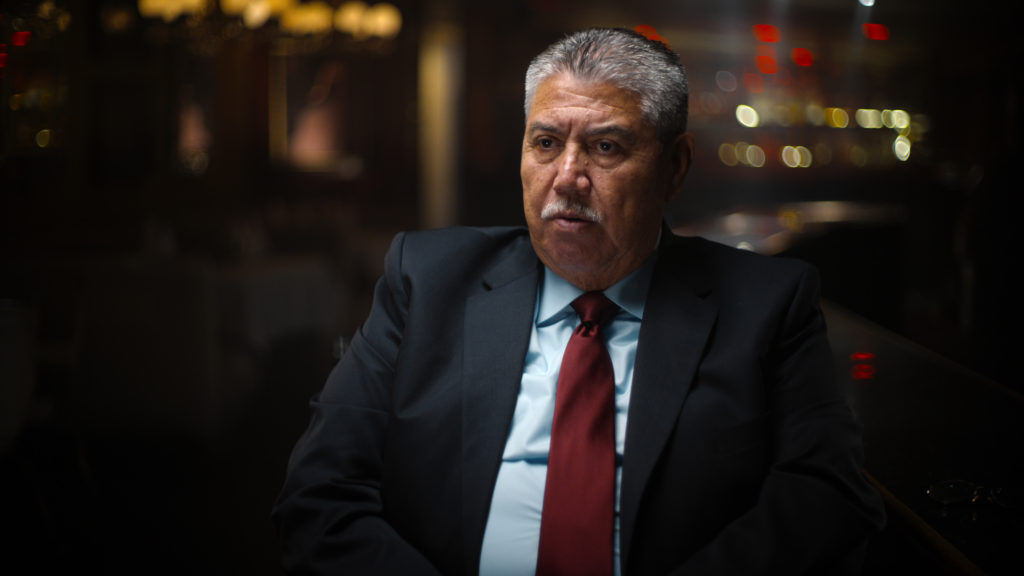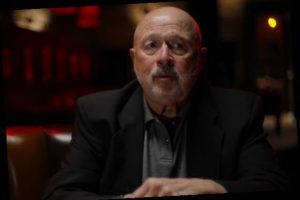A well-paced recap of the 80’s crime wave that rocked California
In the mid 1980’s, Los Angeles and its suburbs were facing a long and growing number of violent crimes. These included murders, attacks, sexual assaults, and robberies. The weapons used ranged from a .22 pistol to knives to even a hammer. The victims had almost nothing in common. They ranged in age, race, and nationality.
Netflix four-episode documentary, Night Stalker, traces these crimes and the law enforcement personnel who followed them and put the pieces together. Much of the screen time is spent in the company of Gil Carrilo and Frank Salerno, the L.A. homicide cops who owned the case. Others interviewed include reporters like Laurel Erickson, Tony Valdez and Zoey Tur.

The interviews extend to support staff like crime scene technician Linda Arthur and to the families of the officers. Several of the Night Stalker’s victims are also interviewed, including Anastasia Hronas and family members of those who were murdered tell their stories.
The entire series provides a balance of just how complex a task Carrilo and Salerno had in front of them, and also the emotional impact that the crimes caused. Because the victims had almost nothing in common, the fear of “I could be next” ran rampant. Directors Tiller Russell and James Carroll don’t need to manufacturer shock or panic. The words of those involved provide plenty.

Night Stalker runs four episodes, each close to an hour long. The music provided by Will and Brooke Blair is suspenseful and bookends each episode with an 80’s appropriate vibe. The visuals do take an extra beat or two to focus on the violence, but the majority of the sensational imagery is meant more for the trailer than the actual series.
The decision to make this a mini-series is effective. The material is definitely plentiful and would make a movie seem cramped, but due to the violence and abuse inflicted by the Night Stalker, a full television season would make this a hard watch.
One of the strangest aspects of this case is just how close the cops came to getting their guy. On multiple occasions, he would slip through their fingers. Once it was just lucky timing of running away from a roadside traffic arrest. On another, a faulty alarm prevented the police from being contacted.
At its most effective, Night Stalker leans into how personal this case became for Carrilo and Salerno. It impacted their families and community. They recall long hours, sleeping with a gun under the pillow, and in Carrilo’s case, his wife and children leaving him and their home.
The killer is eventually identified as Richard Ramirez. He was caught in a good old fashioned police chase, assisted by some very angry citizens. The relief among the citizens was tangible, from the individuals who cornered him to the mayor. The trial, the focus of the mini-series finale, features interviews with both legal teams.
Ramirez did everything he could during the trial to play up his celebrity. His lawyers Daniel and Arturo Hernandez were unable to save him from himself. He was convicted on 43 counts. Ramirez spent 23 years on death row. He died from complications related to lymphoma in 2013.
